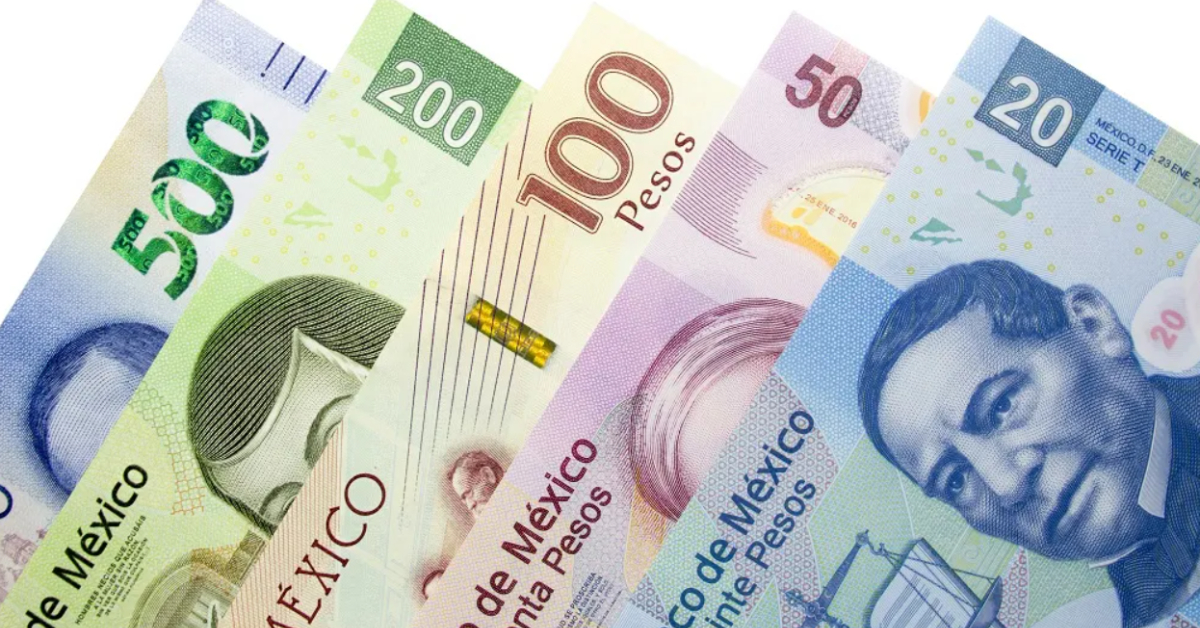The Mexican peso made a significant comeback on Friday, following four consecutive sessions of losses, buoyed by remarks from Federal Reserve Chairman Jerome Powell. His comments, made during the highly anticipated Jackson Hole symposium, signaled an imminent easing of U.S. monet…







